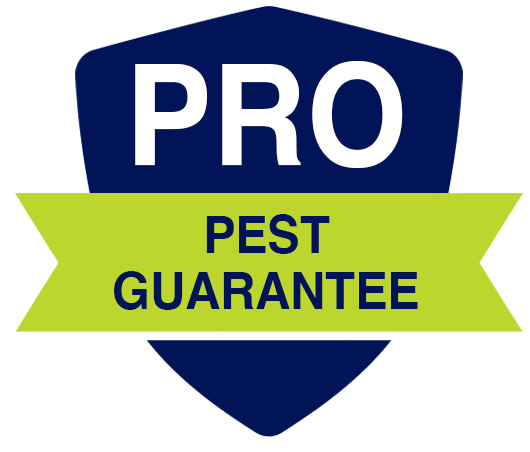Identifying and Treating Powder Post Beetle Damage
When it comes to wood-destroying pests, termites tend to get all the attention. But another serious threat to your home’s structure is the powder post beetle—a small but destructive insect that can cause significant damage to wood over time. If left untreated, an infestation can weaken wooden beams, flooring, and furniture. Here’s how to identify powder post beetle damage and what to do about it.
What Are Powder Post Beetles?
Powder post beetles are wood-boring insects that lay their eggs in unfinished or untreated hardwoods. Once the larvae hatch, they tunnel through the wood, feeding on it for months or even years before emerging as adults. The damage they leave behind can be just as severe as termites, and because they often infest hidden areas, they can go unnoticed for long periods.
Signs of Powder Post Beetle Damage
Since powder post beetles spend most of their life cycle inside wood, their presence isn’t always obvious. However, there are a few telltale signs to look for:
How to Treat Powder Post Beetle Infestations
1. Identify the Infested Wood
Inspect areas where you see signs of beetle activity, especially in basements, attics, crawl spaces, and unfinished wood surfaces like beams, joists, and hardwood floors.
2. Remove and Replace Severely Damaged Wood
If the infestation is extensive and the wood is structurally compromised, replacing it may be the best option.
3. Apply a Borate-Based Treatment
Borate treatments are one of the most effective ways to eliminate powder post beetles. These treatments penetrate the wood and kill larvae as they feed, preventing further damage. This is especially useful for unfinished wood in homes, barns, or furniture restoration projects.
4. Reduce Moisture Levels
Powder post beetles thrive in damp environments. Reduce humidity in your home by using dehumidifiers, fixing leaks, and ensuring proper ventilation—especially in basements and crawl spaces.
5. Seal and Finish Wood Surfaces
Powder post beetles prefer to lay their eggs in untreated wood. Sealing exposed wood with paint, stain, or varnish can help prevent future infestations.
6. Call a Professional for Inspection and Treatment
Since powder post beetles can be hard to detect and eliminate, professional pest control is often the best solution. A trained expert can assess the extent of the infestation and recommend the right treatment plan, whether it’s a localized borate application or a more intensive whole-home treatment.
Protect Your Home From Powder Post Beetles
If you suspect powder post beetles are damaging your home, don’t wait until the problem gets worse. These pests can silently weaken wood structures over time, leading to costly repairs. At ProSource Pest Solutions, we specialize in identifying and treating wood-destroying insects, including powder post beetles. Contact us today to schedule an inspection and protect your home from further damage.


